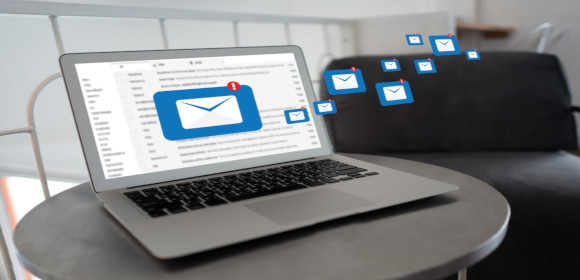Email Sample, PDF
-
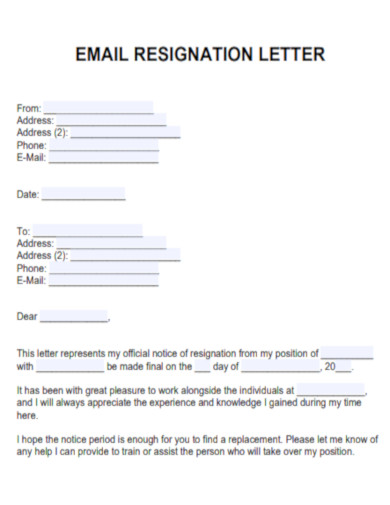
Email Resignation Letter
download now -

Email to Mentor
download now -
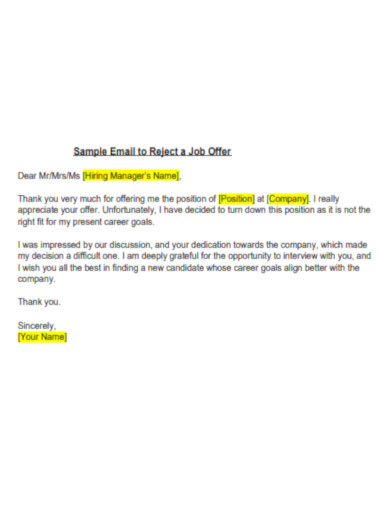
Email to Reject a Job Offer
download now -
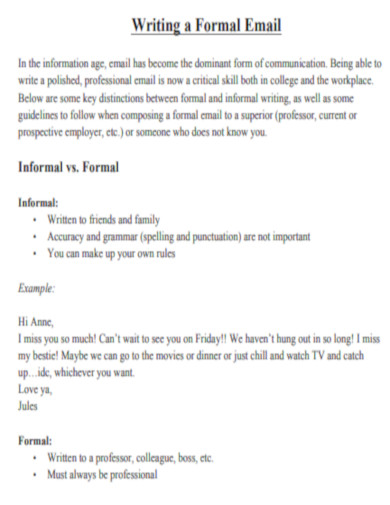
Formal Email
download now -
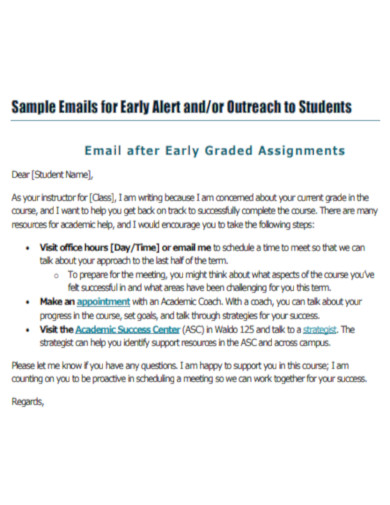
Early Alert and Outreach to Students
download now -
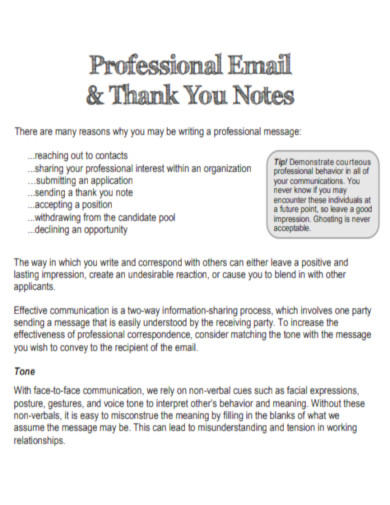
Professional Email and Thank You Notes
download now -
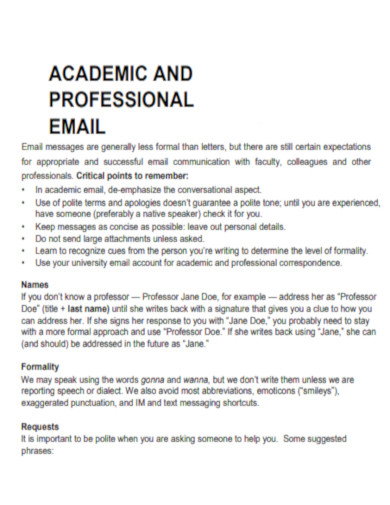
Academic Professional Email
download now -

Email to Employees
download now -
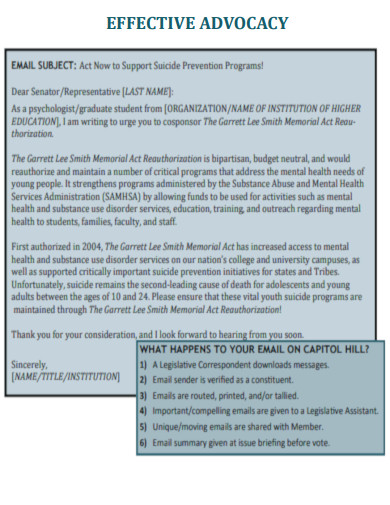
Effective Advocacy Email
download now -
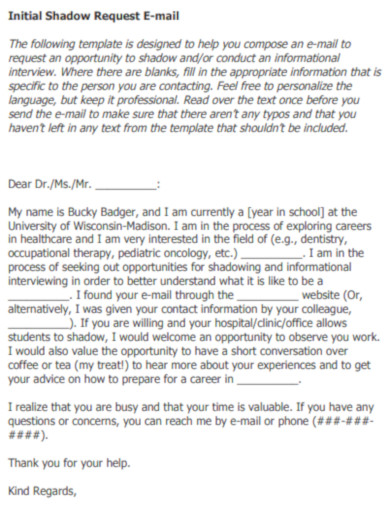
Initial Shadow Request Email
download now -
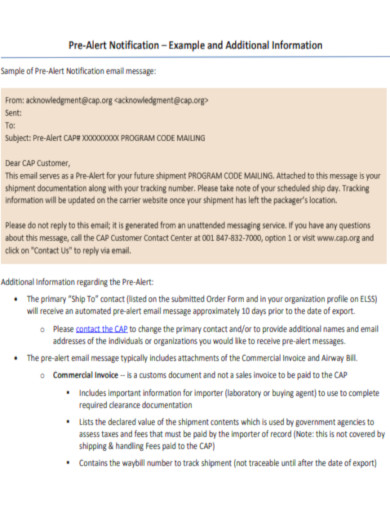
Pre-Alert Notification Email
download now -
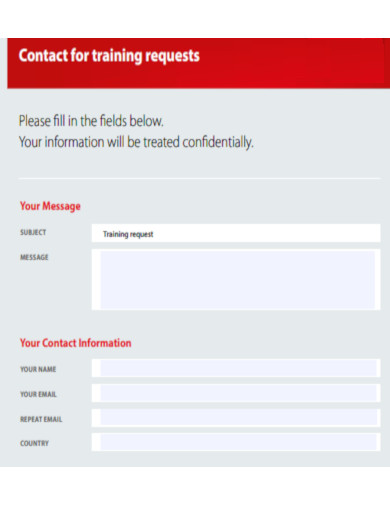
Training Request Email
download now -
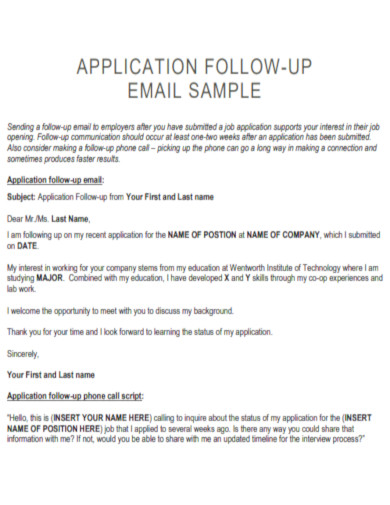
Application Follow Up Email
download now -
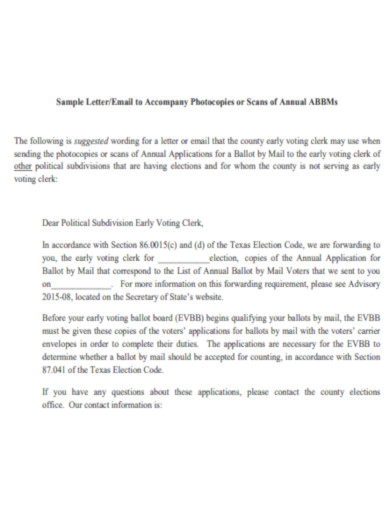
Email to Accompany Photocopies
download now -
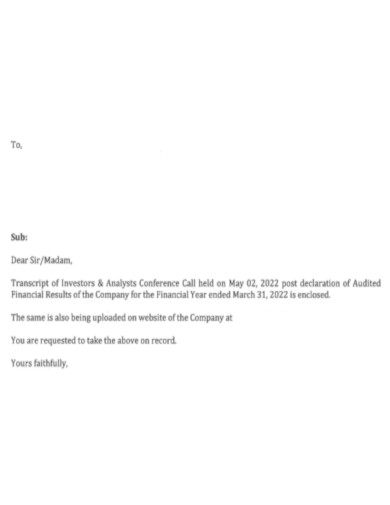
Product Launch Announcement Email
download now -

Email Statistics Report
download now -
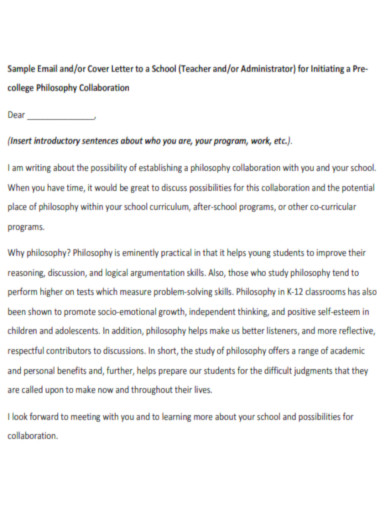
Email Cover Letter to a School
download now -
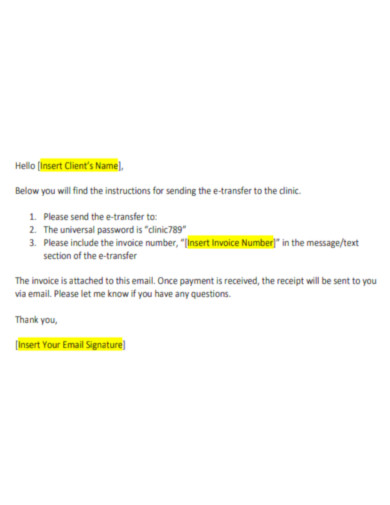
Basic Email
download now -
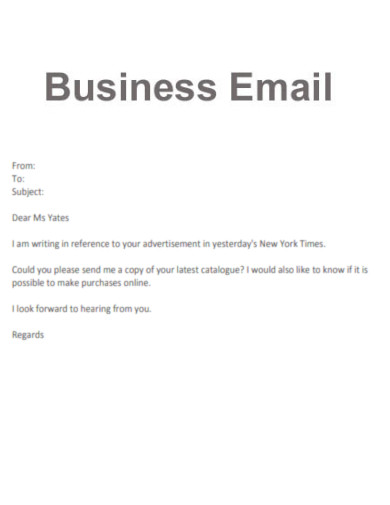
Business Email
download now -
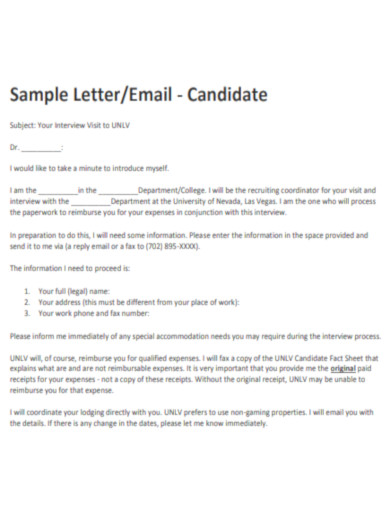
Email Letter of Candidate
download now -

Salary Increase Email
download now -

Email Seeking Volunteers
download now -
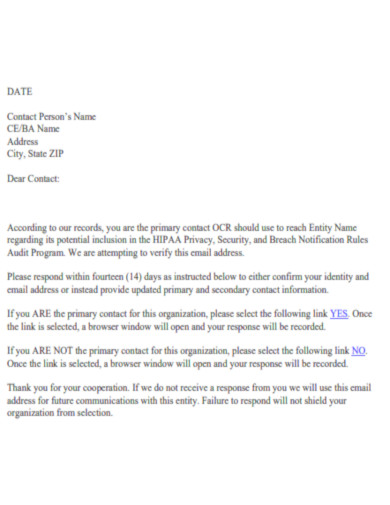
Address Verification Email
download now -
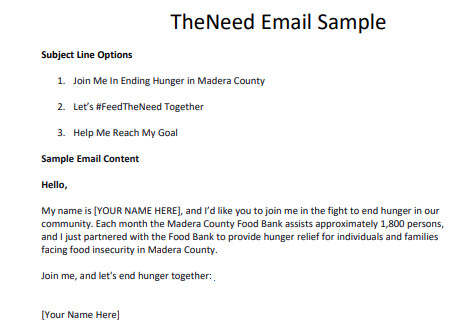
The Need Email Sample
download now -
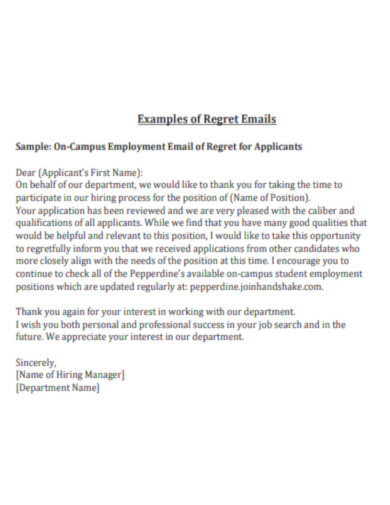
Regret Emails
download now -
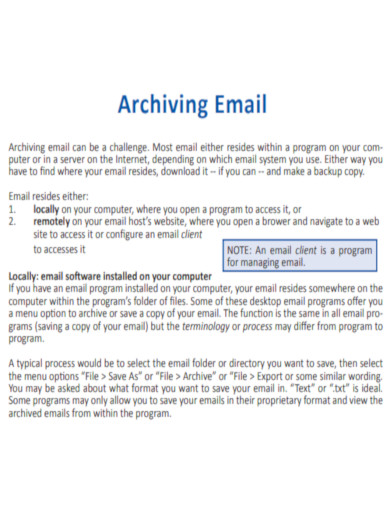
Archiving Email
download now -
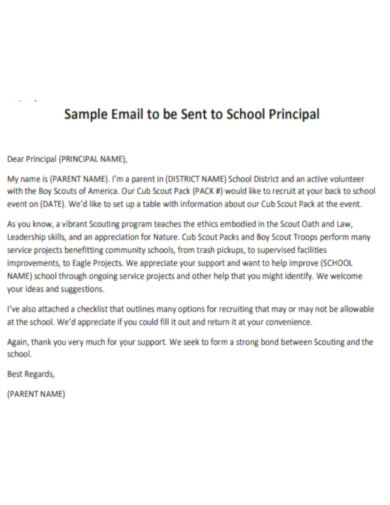
Email to be Sent to School Principal
download now -

Professor Email
download now -
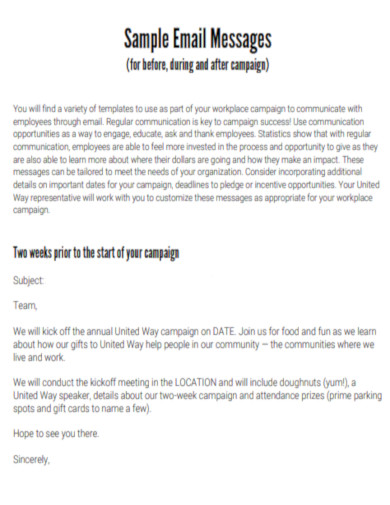
Sample Email Messages
download now -
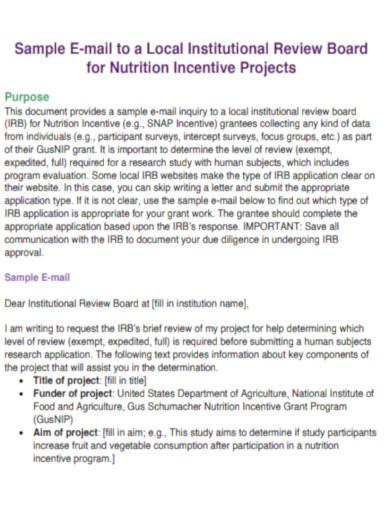
Email to a Local Institutional Review Board
download now -
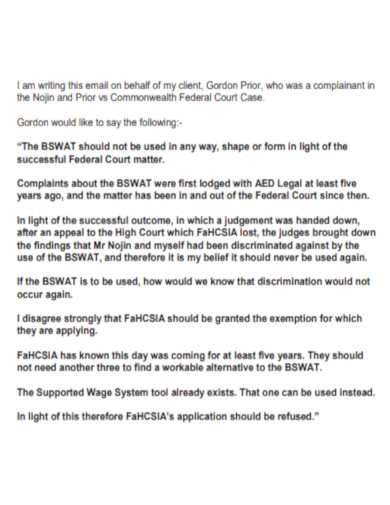
On Behalf of Email
download now -
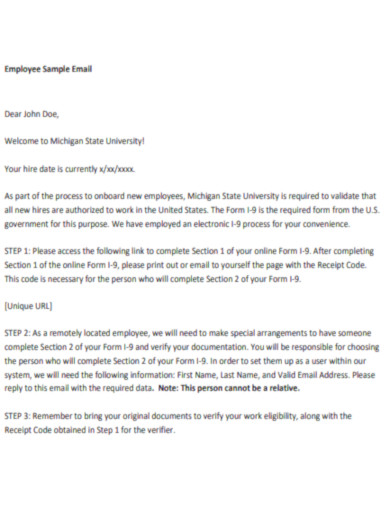
Employee Sample Email
download now -
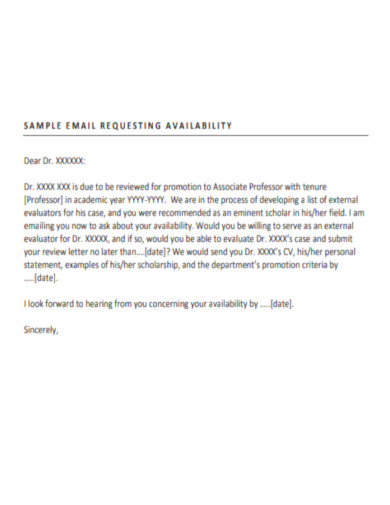
Email Requesting Availability
download now -
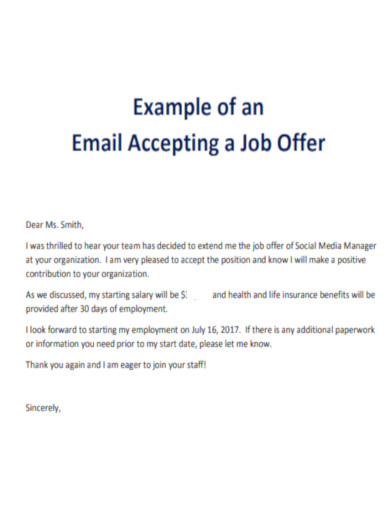
Email Accepting a Job Offer
download now -
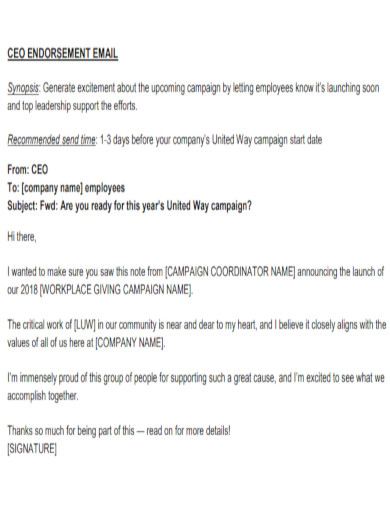
Email Examples
download now -
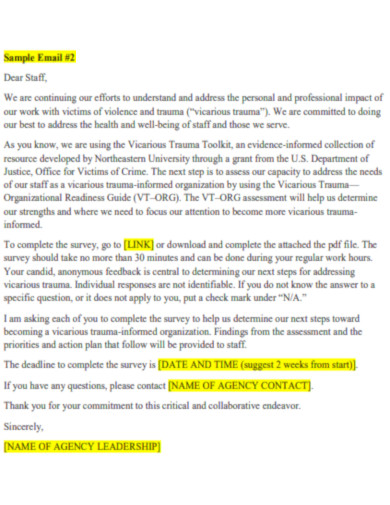
Emails to Staff
download now -
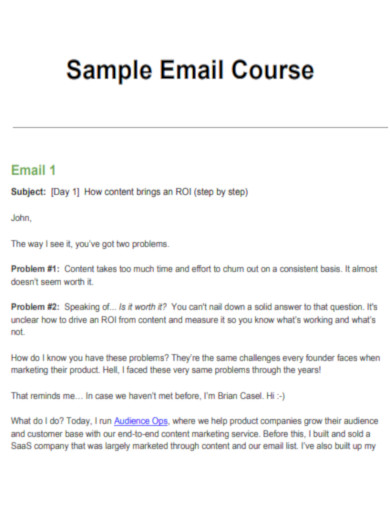
Editable Email
download now -
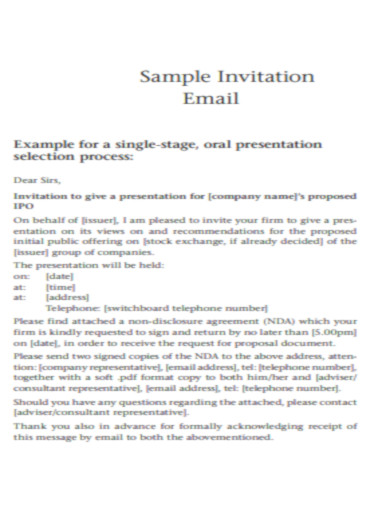
Invitation Email
download now -
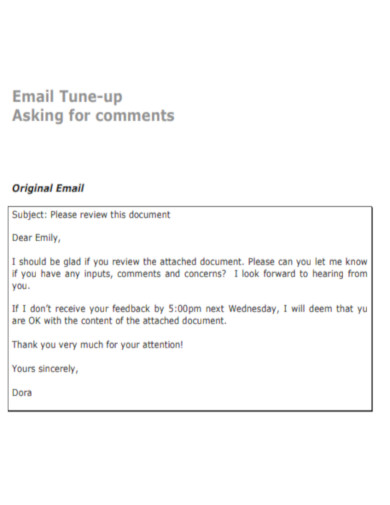
Email Asking for Comments
download now -
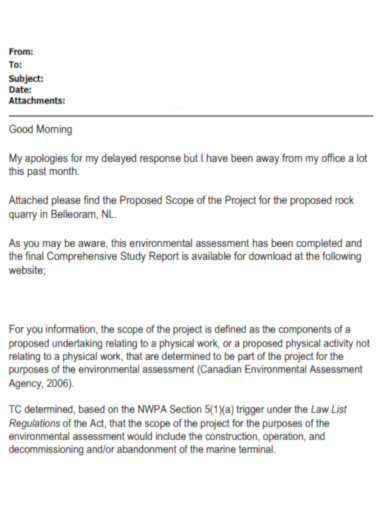
Delayed Response Email
download now -

Mentee Email
download now -
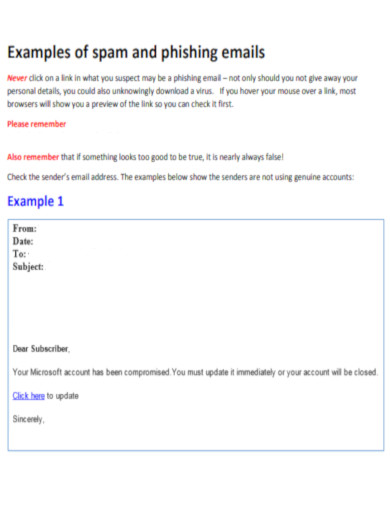
Spam and Phishing Emails
download now -
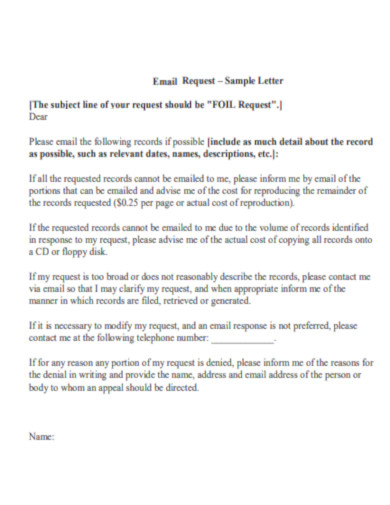
General Email
download now -
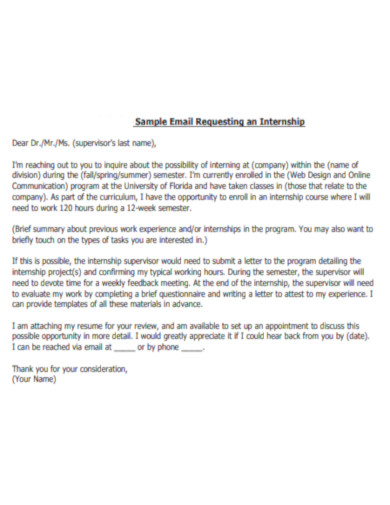
Email Requesting an Internship
download now -
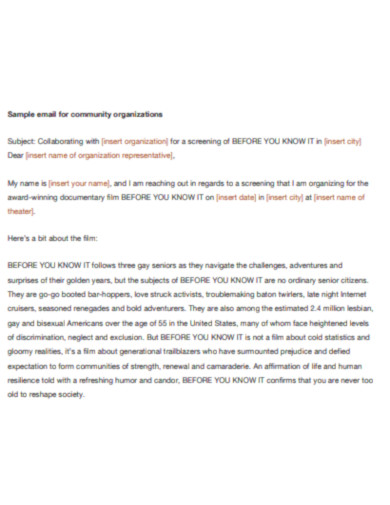
Printable Email
download now -
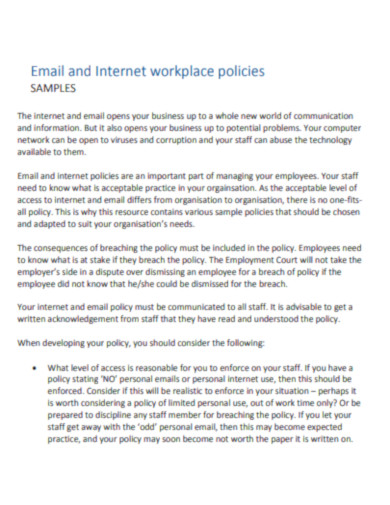
Email and Internet workplace policies
download now -

Leave Application Email
download now -
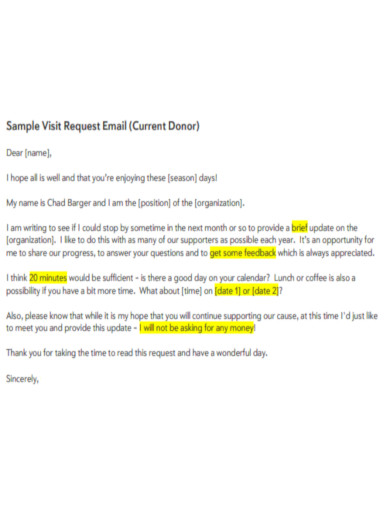
Visit Request Email
download now -
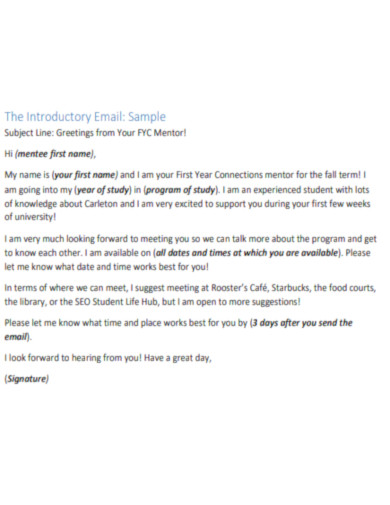
Email PDF
download now -
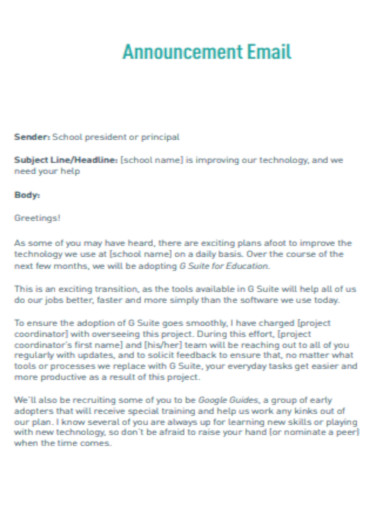
Announcement Email
download now -
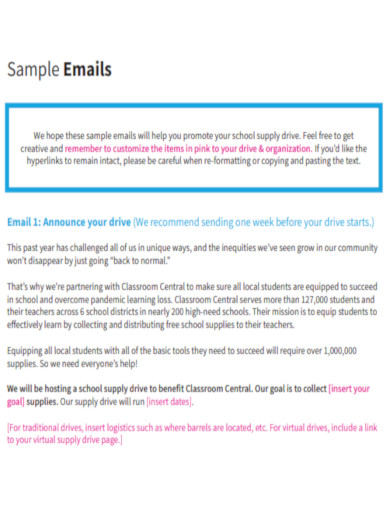
Classroom Central Emails
download now -
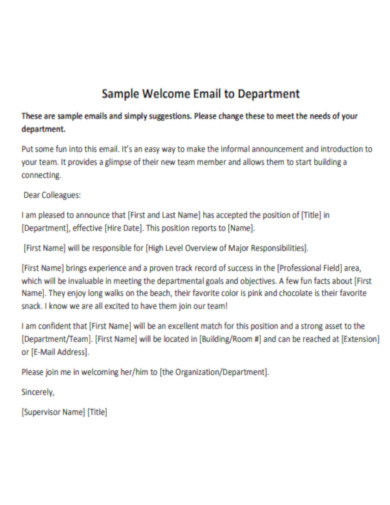
Welcome Email to Department
download now -
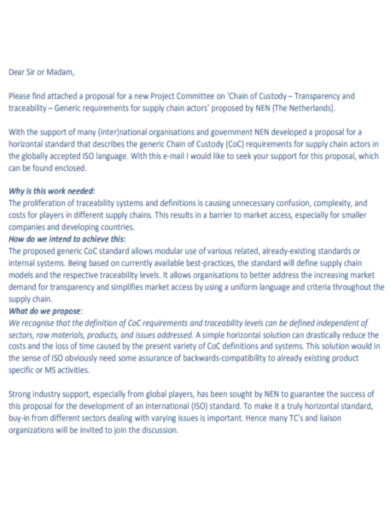
Sending Proposal Email
download now
What Is an Email?
Electronic mail, also known as “email,” is a mode of communication that employs electronic devices to transmit messages through computer networks. The delivery mechanism and individual messages that are delivered and received are referred to as “email.” Email is currently one of the most prevalent forms of digital communication. Its popularity and security flaws make it an attractive target for cyberattacks such as phishing, domain spoofing, and business email compromise. As of January 2022, 92% of the digital population in the United States reported using emails as a form of communication. This tool has a greater penetration rate than social media and other online messaging apps used by 83% and 67% of all U.S. users, respectively.
Benefits of Writing Emails
Email is one of the most extensively used business tools, and it is essential to use it efficiently. Proper email communication can save time, provide direction, demonstrate competence, and build a person’s or company’s reputation. Knowing how and why email is valuable and the best way to utilize it may be advantageous in almost any career or business. Email speed, dependability, and portability provide significant advantages for business communication. Here are the seven most crucial:
Tips for Writing an Effective Email
A sense of grandeur is associated with sending an email that is not often present with other modes of communication. Moreover, this endeavor can appear even more onerous if you are not an English speaker. Regardless of your perspective, the advice in this section will help you enhance the overall quality of your emails. Once you’ve used these simple tactics in your writing, you should be able to send emails to anyone and eliminate that post-send worry confidently.
1. Possess an engaging topic line.
Subject lines may make or break the success of an email. It often determines whether a recipient will open your email. Unfortunately, many individuals struggle with this section. Subject lines are crucial if you’re communicating with someone for the first time. The recipient is unaware of your identity and can only judge you based on your subject line. Even if you’re sending emails within your firm, it’s still essential to craft a clear subject line, so the receiver knows what to anticipate. As with any busy individual, your teammates receive many emails daily and would much value the extra effort of a detailed subject line.
2. Begin with a suitable greeting.
You should start the email with an appropriate greeting. The greeting comprises two parts: the salutation and the first sentence. The right way to greet someone depends on the situation. If you’re sending an official email to a bank or government agency, you should start with “Dear [X].” If you are shipping an email to someone you know or perform in a simple setting, “Hi [name]” or “Hello [name]” are both acceptable. There’s also “To Whom It May Concern,” which you can use when you send an email to a group and don’t know who will see it. One thing you should avoid in your greeting is using gendered and exclusive words like “Hi guys” and “Mr./Ms./Mrs.”
3. Have an effective attention-getter.
After you have addressed the recipient, it is time to begin your email. While the subject line impacts whether an email will be opened, the opening sentence determines whether it will be read to completion. If the letter is an introduction, you can begin with something you know will pique the reader’s curiosity. You can get this information by researching their social media profiles. Perhaps they posted something intriguing on Twitter or LinkedIn that you can cite. This will assist you in establishing rapport and demonstrate that you are not sending a mass email. This is unnecessary if you email a colleague or someone you know, but providing background is still crucial, so the recipient understands the situation.
4. Keep your message brief and to the point.
Statista says that about 319 billion emails are sent and received daily worldwide. We spend a lot of time on emails, which is clear from this number. Because of this, many people skim emails to get the main point and move on to the next one. No one is looking forward to getting a three-page essay in their email. Here’s how to think about it: What do you want the person to get out of your email? Is there a specific action you want them to take? From there, please write your email and ensure that every line you add helps you reach your goal when rereading it. If it isn’t, take it out. When you need to send many details in an email, it’s probably better to offer a phone call or a meeting instead. Using this free meeting tool, you can schedule appointments faster and avoid sending emails back and forth.
5. Be consistent with your font.
Emails may be fun. It is possible to add images, GIFs, and colors. There is, however, a method that is not overly abrupt or distracting. This exemplifies what not to do. Multiple fonts, font sizes, and colors are utilized in the email. As a result, the eye is confused and somewhat overwhelmed. Also, the message is lost since the recipient is too distracted by competing components for attention. As a rule of thumb, adhere to a single font. If you must use a supplementary one, do so with caution. Use the same color rule throughout.
6. Schedule your emails.
54% of Americans, according to a Sleep Advisor survey from 2020, read their work email immediately or within an hour after waking up. It demonstrates that the morning is the most preferred time for reading emails. Open rates often reach their highest between 9 a.m. and noon local time. Given this information, there are two possible courses of action: Send your email in the morning when you know they’re scrolling, or wait till a less hectic period. If you send your email in the morning, it runs the danger of being buried. However, if you send your email later, it may never be opened. It needs trial and error to determine the optimal email method with your team. When emailing someone from another state or nation, you must consider their time zone. Noon for you may be 7 p.m. for someone else. Consider your receiver and the optimal time for them to get your email.
How to Design Visually Appealing Emails
There is no more fantastic instrument for fostering long-term consumer relationships than regular old email. The ability to contact your audience in a location that people visit daily – their inboxes – enables you to convert leads into satisfied customers and retain engagement. The same applies if you are a blogger, event planner, or employee of a non-profit organization. Email marketing is a must-have and the backbone of any digital strategy whenever developing trust and communicating with users takes precedence. It remains the most effective digital marketing strategy for marketers! Be familiar with email design best practices if you want your messages to resonate with individuals. Here are a few methods to help send aesthetically stunning emails to your recipients!
1. Get inspired by ready-to-use templates
You should ensure that you’ve created a template you’re pleased with that will enhance your content. Email marketing solutions provide a variety of ready-to-use email templates that can save time during the design phase. In any program that offers templates, you can select one that appeals to you and modify it to reflect your tastes and brand image. Numerous types of content blocks can be duplicated or removed without difficulty.
2. Create a template on your own
You can always start from the beginning and develop your template if you cannot locate one that meets your specific demands. Similarly, as a wall is composed of bricks, templates consist of blocks. You may construct your project without coding knowledge with a drag-and-drop editor in your email system. Select and add blocks to create your template, and modify styles and other components to your liking. Consider what you hope to achieve with your template. Consider the nature and quantity of the information you will submit. Keeping this in mind, design a simple and clean template that presents your material in an easily digestible manner.
3. Think about your layout
Organize your template so that subscribers see the most vital information first. Prioritize your content from top to bottom, and always position actionable news above the fold. This is around 350 pixels tall and 650 pixels wide in email design. This section will be visible without scrolling in the majority of email clients. Create a newsletter template that is simple on the eyes. White space improves the readability of your message and helps the material stand out. This is a golden rule for designing visual material that helps graphics appear uncluttered and tidy. This and the added benefits of employing white space are detailed in detail in this blog post.
4. Speak with color
Most consumers indicate that color is the most influential factor in their choice of commonplace things. Color plays a significant function and can aid in communicating your message. Keep your email design simple by limiting the number of colors used. Choose colors your brand employs regularly or will help you create your marketing offer and set the tone for your audience. Let’s assume you’re sending a summer email; use bright colors to convey a sense of the season, such as sunny yellows or sea-inspired blues.
FAQs
What are the basics of email?
Basic understanding of E-mail, mail, sending, receiving, attachments, etc. Most programs allow us to send and receive images, sounds, and programs we attach to our e-mail. Mail, including photos, music, and programs
What makes a good signature?
Your signature should be simple to copy and write. It should feel pleasant in your hand and be simple enough to be completed in a few seconds. Your signature should reflect your intentions and character. To demonstrate your histrionic personality, utilize a signature with flare.
How do you format a letter?
Most formal letters do not exceed one page when typed. Use one-inch margins and left justification for your text. Spacing: Use single spacing and leave a space between paragraphs. Use one-inch margins and left-align your content.
Email is undoubtedly here to stay for a very long time, whether you like it or not. It does not have to be the misery of corporate existence if you take measures to make it function more effectively for your firm, understanding its strengths and limitations and integrating it with other internal communications tools and channels. Internal email communication becomes a much more important tool if it is actively enhanced.
